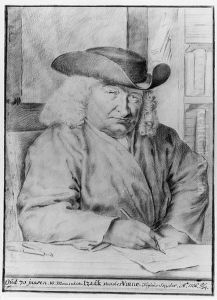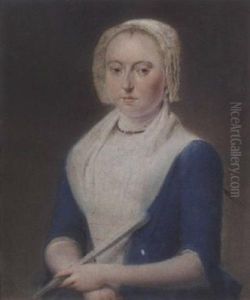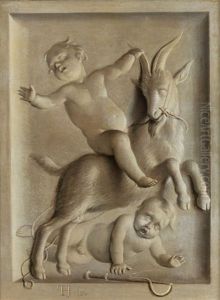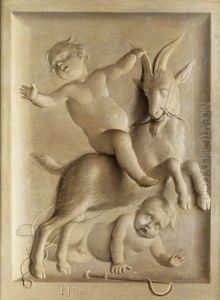Tako Hajo Jelgersma Paintings
Tako Hajo Jelgersma was a Dutch painter and engraver who lived during the 18th century. Born in 1702 in Harlingen, Friesland, he was part of a period in art history known as the Dutch Golden Age, although he was born towards the end of this flourishing period. Jelgersma's contributions to art were mainly in the genres of portrait painting and printmaking.
Jelgersma received his training in the arts in the city of Leeuwarden and later on moved to Amsterdam to further develop his career. In Amsterdam, he was influenced by the works of prominent Dutch artists of the time, such as Arnold Boonen and Jacob de Wit. Jelgersma's style blended the refined elegance of portrait painting with the attention to detail characteristic of the Dutch Golden Age painters. He was particularly noted for his skill in capturing the intricate details of his subjects' attire and the subtleties of facial expression.
Throughout his career, Jelgersma produced a substantial body of work, including portraits of notable individuals as well as historical and mythological scenes. His engravings also gained him recognition, as they showcased his technical skill and ability to render images with clarity and precision.
Despite his talents and contributions, Tako Hajo Jelgersma did not achieve the same level of fame as some of his contemporaries. However, his works were appreciated by those who commissioned them, and they remain as a testament to the artistry of lesser-known painters of the Dutch Golden Age. Jelgersma continued to work and contribute to the arts up until his death in 1795. Today, his works can be found in various art collections and are studied by those interested in the period and in the regional art history of the Netherlands.



